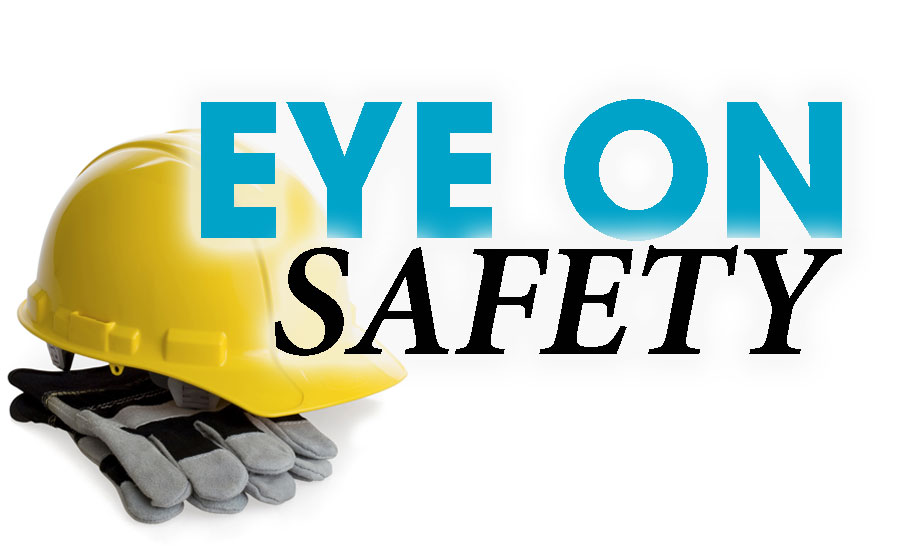OHSA fines increased
Companies with more than 10 employees and not classified as a partially exempt industry must record work-related injuries and illnesses.

In case you missed it, the “business-friendly” Congress gave OSHA a gift this past Christmas.
Buried within the Bipartisan Budget Act of 2015 is a provision requiring OSHA to significantly increase its civil penalties. A one-time “catchup adjustment” will be based on the percentage difference between the Consumer Price Index in October 2015 (to be released later this month) and October 1990 – resulting in a penalty increase of about 80%. This means the $7,000 limit on serious violations would increase to $12,600 and the $70,000 limit on willful and repeat violations increases to $126,000. If OSHA had applied this increase to fiscal-year 2014 penalties, which totaled $143.6 million, the total would have jumped to $258.5 million. After this initial adjustment is made, OSHA will be required to adjust penalties every year using the annual percentage increase in the CPI.
Although OSHA isn’t required to issue the full penalty increase, many in Washington believe that it probably will. Having tried unsuccessfully to convince Congress for years to increase the civil penalties the agency can impose when an employer is cited for a violation, it finally has succeeded.
In fact, last October Assistant Secretary of Labor for OSHA Dr. David Michaels testified before the House Committee on Education and Workforce, Subcommittee on Workforce Protections, that the “most serious obstacle to effective OSHA enforcement of the law is the very low level of civil penalties allowed under our law, as well as weak criminal sanctions,” and that “OSHA penalties must be increased to provide a real disincentive for employers accepting injuries and worker deaths as a cost of doing business.”
ASA safety awards
Under OSHA recordkeeping regulation 29 CFR 1904, covered employers are required to prepare and maintain records of serious occupational injuries and illnesses using the OSHA 300 log. This information is important for employers, workers and OSHA in evaluating the safety of a workplace, understanding industry hazards, and implementing worker protections to reduce and eliminate hazards.
Companies with more than 10 employees and not classified as a partially exempt industry must record work-related injuries and illnesses using OSHA forms 300, 300A and 301 (available on OSHA’s website). Partially exempt industries include establishments of specific low-hazard industries such as retail, service, finance, insurance or real estate (listed in Appendix A to Subpart B). Plumbing distributors and manufacturers are not exempt.
Employers required to keep Form 300 (injury and illness log) must post Form 300A, the Summary of Work-Related Injuries and Illnesses, in the workplace from Feb. 1 to April 30 each year. Current and former employees or their representatives have the right to access their injury and illness records. Employers must give the requester a copy of the relevant record(s) by the end of the next business day.
To help businesses see how they measure up, the BLS has a new calculator that enables companies to compare their data to their peers by industry, region and types of business ownership (tinyurl.com/hesw3he).
Why is this important? The ASA Safety Award is based on your incident rate. Manufacturers compete against manufacturers, distributors against distributors, with three categories based on company size. That means we will give out six awards at Network2016 in New York City.
Your company should be applying, there is no excuse! This is a company-wide award, not location or site-specific. Take this information to your COO or safety officer and ask them to apply for the ASA Safety Award at www.asa.net/safety-resources (where you’ll also find more about the OSHA 300 process as well as archived articles, Toolbox Talks and webinars).
You’ve followed the rules and maintained a safe workplace — now get recognized for it!
Looking for a reprint of this article?
From high-res PDFs to custom plaques, order your copy today!






